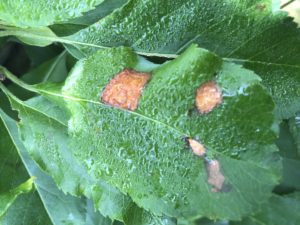
Apple Disease Update: May 20, 2020
Short and sweet pathology update this week since Glomerella and rain is probably the main thing on the brain. …


El inglés es el idioma de control de esta página. En la medida en que haya algún conflicto entre la traducción al inglés y la traducción, el inglés prevalece.
Al hacer clic en el enlace de traducción se activa un servicio de traducción gratuito para convertir la página al español. Al igual que con cualquier traducción por Internet, la conversión no es sensible al contexto y puede que no traduzca el texto en su significado original. NC State Extension no garantiza la exactitud del texto traducido. Por favor, tenga en cuenta que algunas aplicaciones y/o servicios pueden no funcionar como se espera cuando se traducen.
Inglês é o idioma de controle desta página. Na medida que haja algum conflito entre o texto original em Inglês e a tradução, o Inglês prevalece.
Ao clicar no link de tradução, um serviço gratuito de tradução será ativado para converter a página para o Português. Como em qualquer tradução pela internet, a conversão não é sensivel ao contexto e pode não ocorrer a tradução para o significado orginal. O serviço de Extensão da Carolina do Norte (NC State Extension) não garante a exatidão do texto traduzido. Por favor, observe que algumas funções ou serviços podem não funcionar como esperado após a tradução.
English is the controlling language of this page. To the extent there is any conflict between the English text and the translation, English controls.
Clicking on the translation link activates a free translation service to convert the page to Spanish. As with any Internet translation, the conversion is not context-sensitive and may not translate the text to its original meaning. NC State Extension does not guarantee the accuracy of the translated text. Please note that some applications and/or services may not function as expected when translated.
Collapse ▲
Short and sweet pathology update this week since Glomerella and rain is probably the main thing on the brain. …

Codling moth pheromone trap captures increased somewhat this week with the return of warmer temperatures, and as of May …
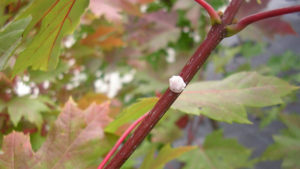
There are a couple species of wax scales (Ceroplastes spp.) in North Carolina. Common ones include Indian wax scale …
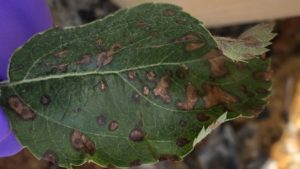
Apologies for the delayed post this week. Between the cold temps and paucity of good thinning this year, it …
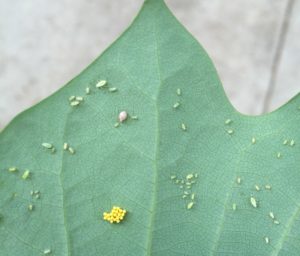
Tulip trees (Liriodendron tulipifera) have two primary pests both of which produce honeydew and both of which are actively …
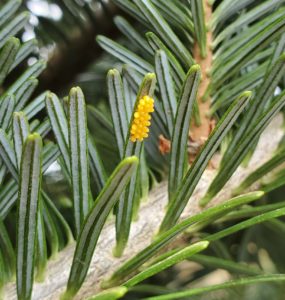
Twig aphids are shaping up to be a problem this spring in western North Carolina. Many fields had high …

Challenging… Frustrating… Atypical… I’ve used all of these words – and some colorful language – to describe the 2020 chemical …

The FDA has released a Spanish translation of the FSMA Produce Safety Rule. You can access it here: Produce Safety Rule …

Eastern tent caterpillars are common native insects that create silk webs or ‘tents’ in the branch crotches of some …

I am writing this on May 12, 2020. It is the fourth morning in a row with frost at …

Expect Codling Moth Activity to Pick Up with Return of Warmer Temperatures The cool temperatures during the past week suppressed …
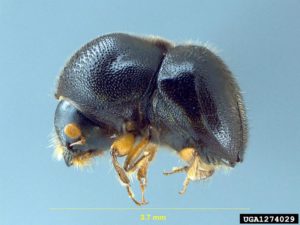
Nursery growers have been struggling with ambrosia beetles for decades. Now landscape trees are also getting attacked more frequently. …

The Daylily leafminer is a recent pest from Asia. It was first detected in 2006 but has now spread …
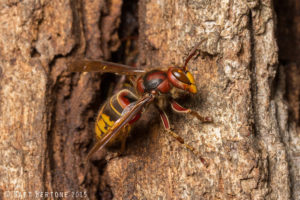
We continue to receive inquiries from people who are confusing some of our common insect species with the Asian …

With the warm and humid/wet weather conditions in Western NC this week, hopefully your trees were well protected against …

Cooler Temperatures Expected to Suppress Codling Moth Activity With the warmer temperatures during the past week, there was an increase …

The outbreak of COVID-19 is undoubtedly stressful for everyone in our community – from residents to businesses alike. Fear …

I got reports of rosy maple moths spotted around lights over the weekend. These beautiful moths are the adult …